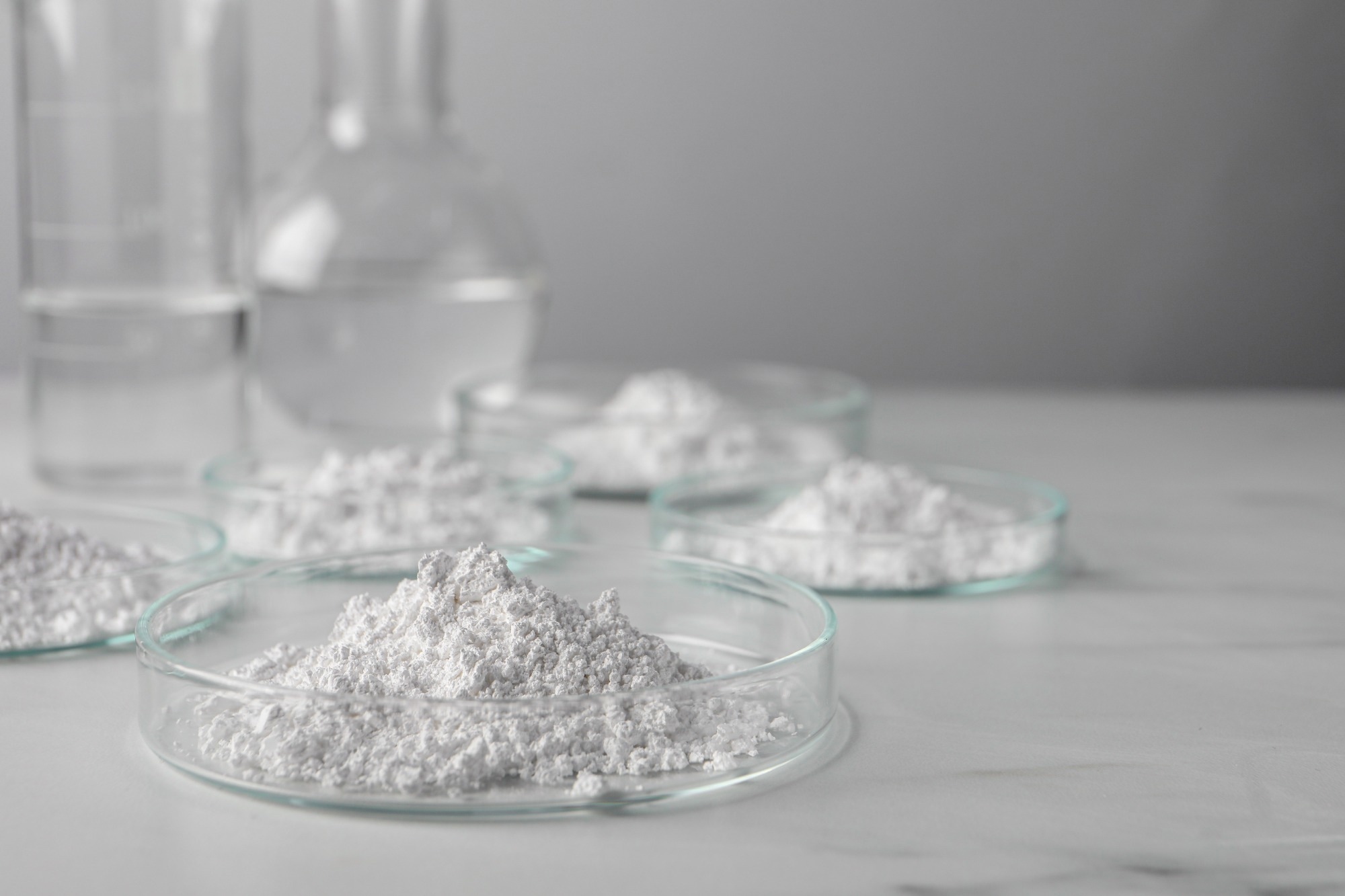By harnessing the chemistry of nanoscale silicon, scientists are uncovering a robust method to produce and retailer hydrogen extra safely, cheaply, and effectively.
 Picture Credit score: New Africa/Shutterstock.com
Picture Credit score: New Africa/Shutterstock.com
The brand new examine in Nanomaterials explores how silicon nanostructures might advance each the era and storage of hydrogen, a clear vitality provider usually hailed as a key participant in a post-fossil-fuel world.
Researchers examined a variety of silicon-based supplies, together with nanoparticles, nanowires, porous silicon, and amorphous silicon. They discovered that these nanostructures can spontaneously produce hydrogen from water and in addition retailer it successfully, beneath delicate circumstances and with out excessive vitality enter.
The Hydrogen Problem
Hydrogen affords excessive vitality density and solely emits water when used as gasoline. Nevertheless, its widespread adoption has been constrained by manufacturing inefficiencies, expensive transport, and storage points. Current strategies, similar to liquefaction or high-pressure tanks, are energy-intensive and pose security dangers.
Stable-state storage supplies are rising as alternate options, and silicon, one of many Earth’s most ample parts, is particularly promising.
It’s low cost, chemically reactive in nanoparticle type, and suitable with scalable manufacturing strategies. The examine highlights its capacity to satisfy U.S. Division of Vitality (DOE) targets for hydrogen storage, similar to 6.5 wt% capability and operation between −20 °C and 100 °C at near-ambient stress, not less than beneath lab circumstances.
Materials Efficiency
The staff assessed how completely different silicon nanostructures work together with water or alcohol-based options to provide hydrogen by way of floor oxidation and hydrolysis. Additionally they modeled desorption behaviors in nanocrystalline silicon embedded in amorphous matrices, revealing a two-stage launch course of depending on temperature.
Silicon nanoparticles, particularly these beneath 100 nm, carried out properly. Smaller particles reacted extra quickly in alkaline circumstances, producing as much as 1589 mL of hydrogen per gram at room temperature, and rising to 580 mL/min/g at 50 °C.
Ball-milled powders confirmed elevated reactivity attributable to greater dislocation density, though this methodology was nonetheless energy-intensive. Extra sustainable synthesis approaches similar to stain etching and plasma-assisted processing are additionally explored.
Porous silicon, with floor areas as much as 430 m2/g, demonstrated a twin mechanism: chemisorption by means of Si–H bonds and physisorption inside its pore community. Temperature-programmed desorption confirmed hydrogen launch throughout a large thermal vary. Adorning porous silicon with lithium or palladium additional enhanced its capability by selling multilayer physisorption.
Gas Cells to Drugs
Silicon nanowires stood out for his or her capacity to provide hydrogen in ambient circumstances with out mild or catalysts, due to their intrinsic floor pressure and excessive porosity.
Built-in into photocathodes and paired with non-precious catalysts like cobalt phosphide and silver nanoparticles, silicon constructions additionally carried out properly in photoelectrochemical cells, reaching faradaic efficiencies of above 98 %, similar to platinum-based programs.
Past vitality purposes, the examine highlighted a lesser-known use case of hydrogen: biomedical hydrogen remedy.
Silicon nanoparticles can generate hydrogen within the gastrointestinal tract, providing antioxidant results which might be doubtlessly helpful in circumstances like Parkinson’s illness and ischemic harm. This intersection of nanomaterials and well being indicators is garnering curiosity in silicon’s doable medical versatility.
Future Work and Potential
Whereas promising, the real-world deployment of silicon nanomaterials faces the same old challenges; Scaling synthesis, decreasing vitality inputs, and guaranteeing long-term stability stay priorities.
Curiously, the examine distinguishes between irreversible hydrogen era by means of silicon oxidation and reversible hydrogen manufacturing in photoelectrochemical programs, vital for future system design.
The findings place silicon nanostructures as a versatile, doubtlessly scalable platform for each hydrogen storage and on-demand manufacturing. Whether or not in drones, transportable electronics, and even medical units, the fabric’s versatility may very well be a much-needed bridge between sustainable vitality and sensible use.
Journal Reference
Mussabek, G., et al. (2025, October). Silicon Nanostructures for Hydrogen Era and Storage. Nanomaterials, 15(19), 1531. DOI: 10.3390/nano15191531, https://www.mdpi.com/2079-4991/15/19/1531
